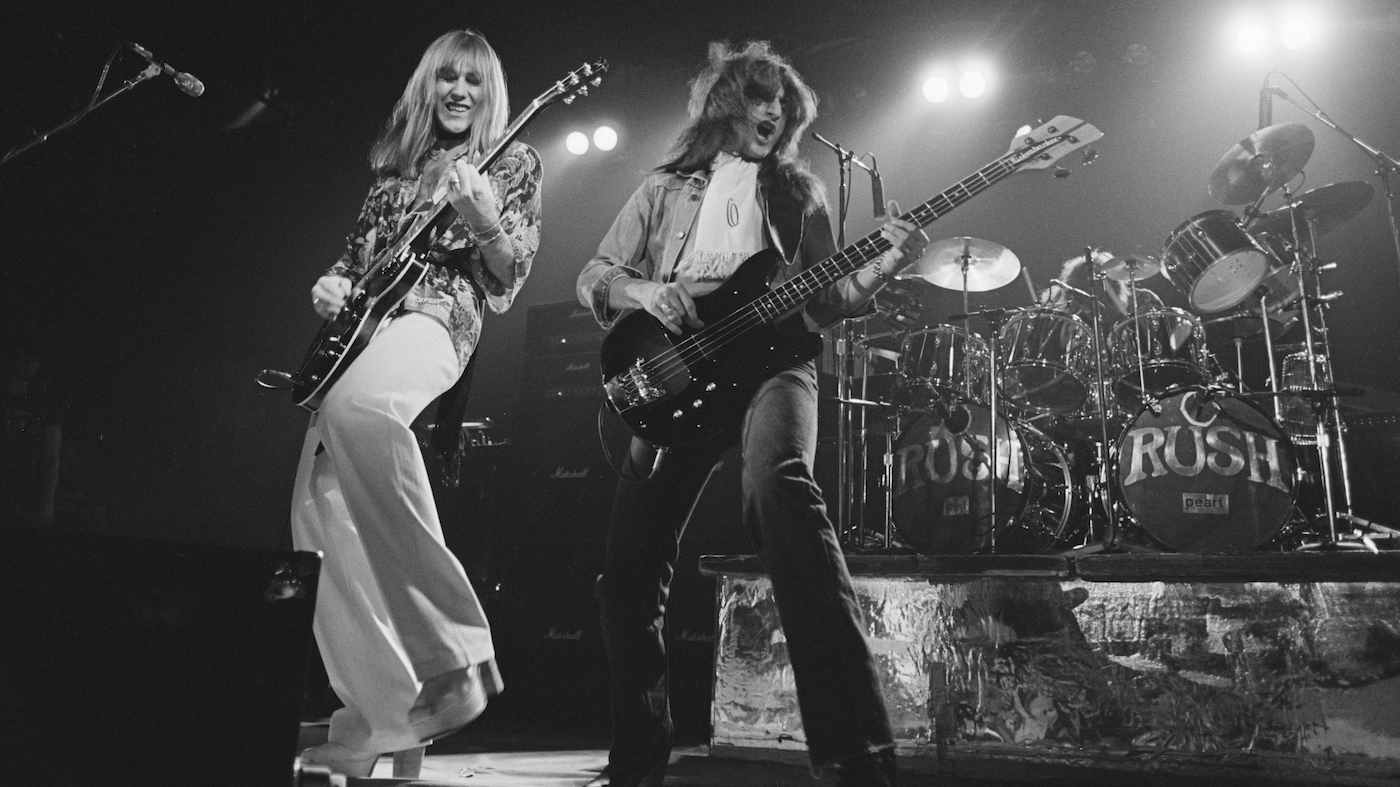But another genre of music also kept Estonia’s cultural identity alive during the Soviet occupation.
Progressive rock (or prog rock) is witty, experimental, and strikingly fantastical. Inspired by earlier psychedelic rock, prog rock’s pioneers in the late 1960s—including The Moody Blues and The Beatles—embraced creativity in the production and writing process, fusing hard rock with jazz, classical, and folk to create a sound that transcended the boundaries of what we now call classic rock. Albums were created based on an overarching (often abstract) theme that was meant to extract listeners from their reality into a distant fantasy. Prog rock concerts materialized these themes by putting on shows of extravagance and grandiose theatrics. English prog rock band Genesis went as far as creating unique stage shows, during which front man Peter Gabriel dressed up in costume to act out the various characters portrayed in the lyrics in their 1972 record, Foxtrot.
(Read more: Estonian Life No. 25 2022 paber- and PDF/digi)
Written by Natalie Jenkins, Toronto





